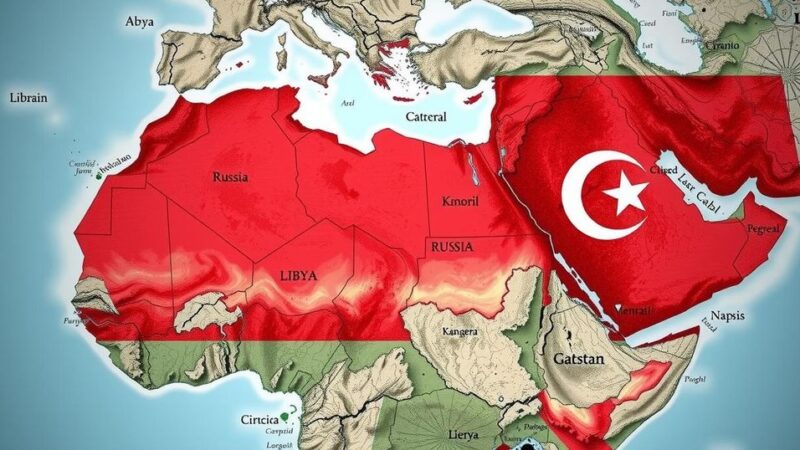Twenty-four years ago, El Salvador endured a devastating earthquake that left 944 dead, impacted over a million citizens, and caused massive economic losses. Recent seismic activities heighten concerns of a similar occurrence, particularly along the Guaycume fault, which has been flagged as a potential site for future destructive quakes.
On the same date 24 years ago, El Salvador experienced one of its most severe earthquakes, registering notable seismic activity at 11:35 A.M. (local time). This catastrophic event shook the nation for 45 seconds, particularly affecting the volcanic range, leaving widespread devastation in its wake. A significant impact was observed in Las Colinas, a colony in Santa Tecla, La Libertad, where numerous homes were buried due to a landslide from the nearby Balsamo Mountain Range.
Recent seismic activities in various departments such as La Unión, La Paz, and Sonsonate have escalated public concerns, leading to fears that a seismic event of similar magnitude—close to 7.7 on the Richter scale—could recur. Studies from Spanish scientists have highlighted that the Guaycume fault, the direct cause of the previous earthquake, remains a potential site for a future destructive quake. Historical data indicates that the earthquake 24 years prior released energy equivalent to 360 atomic bombs, marking it as one of the most devastating in the region’s history.
The earthquake’s epicenter was positioned 18 kilometers off the Usulután coast, at a depth of 60 kilometers, affecting 11 out of the country’s 14 departments. The aftermath of this disaster was tragic: it resulted in 944 fatalities, over one million individuals affected, and extensive economic losses reflecting millions of dollars. The collective memory of this calamity, coupled with ongoing geological fears, underscores the vulnerability of El Salvador to seismic threats.
El Salvador has a historical precedent of encountering significant seismic activities due to its geographical location on the Pacific Ring of Fire. This region is characteristically active with tectonic movements, making the country susceptible to earthquakes. The catastrophic earthquake 24 years ago serves as a stark reminder of the potential for disaster, promoting ongoing monitoring and scientific analysis of local faults, particularly the Guaycume fault. Increasing seismic activities in recent weeks have reignited fears among citizens and officials alike regarding the possibility of another significant earthquake occurring.
In conclusion, the anniversary of the earthquake serves not only as a remembrance of the lives lost and destruction experienced but also as a stark warning of the geological vulnerabilities that continue to plague El Salvador. The fears raised by recent seismic activities and scientific findings regarding the Guaycume fault emphasize the urgent need for preparedness and ongoing monitoring to mitigate the impacts of future earthquakes, should they occur again.
Original Source: www.plenglish.com







